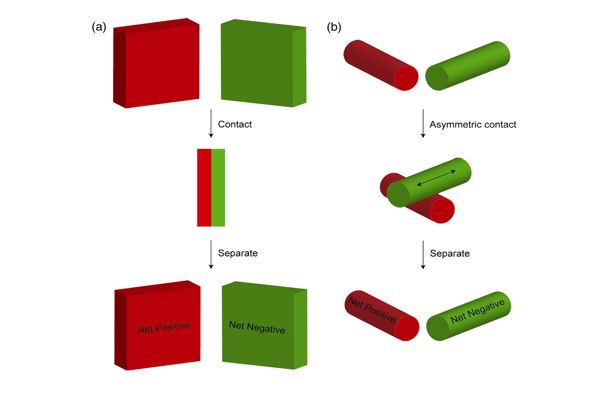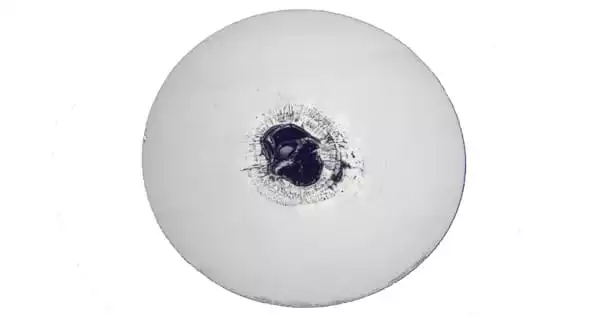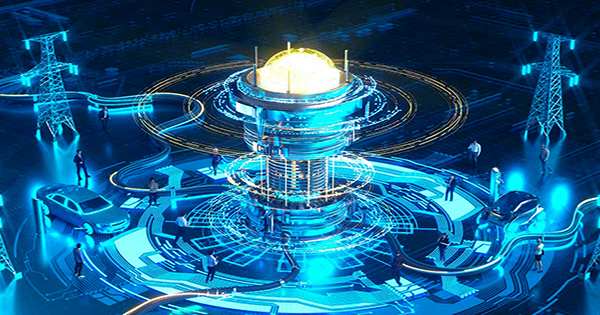Mirco Kaponig and colleagues in physics and nanointegration in Germany detailed the fundamental concept of contact electrification between two metals in a new report published in Science Advances. The researchers used a new experimental method to track the charge of a small sphere bouncing on a grounded planar electrode on a timescale of 1 microsecond. The team observed how the sphere discharged at the point of contact, which lasted 6 to 8 microseconds. When the electrical contact was severed, the sphere regained charge far beyond expectations in relation to the contact potential difference. As the contact area increased, so did the excess charge.
Contact electrification
Contact electrification is a common phenomenon that occurs when two surfaces come into contact. The procedure is a basic method of triboelectricity that can be observed in everyday life. Lightning occurs as a result of this phenomenon in thunderstorms, sandstorms, and volcanic plumes. When working with potentially explosive liquids or dusts, the process can be extremely dangerous. As a result, researchers have developed empirical safety regulations to prevent hazards caused by electric discharges caused by triboelectric charging. Despite the fact that the phenomenon has been described for over 2000 years, the underlying mechanisms are still being debated.
Scientists typically consider three types of charge transfer: electron transfer, ion transfer, and partial charge transfer. Electrons can be transferred between two surfaces in metal-metal contacts to establish contact potential. When the electric contact was broken, the amount of transferred charge was also affected by the mutual capacity, and the observed charge transfer strongly supported the concept of electron transfer for metal-metal contacts. For metal-insulator or insulator-insulator contacts, the situation is less clear. As a result, Kaponig et al. presented a novel experimental technique for analyzing charge transfer during contact electrification with unprecedented resolution.
In a new experimental method, the researchers followed the charge of a small sphere bouncing on a grounded planar electrode on a timescale down to 1 microsecond. The team noted how the sphere discharged in the moment of contact lasting for 6 to 8 microseconds.
The experiments
The research demonstrated how the electric potential of a metallic particle bouncing off a metallic surface changed over time. Based on the findings, Kaponig et al. observed that the charge increased with impact velocity in metal-metal contacts, which is a feature commonly observed in metal-insulator and insulator-insulator contacts but previously unobserved in metal-metal contacts.
This resulted in unexpectedly high electric potentials for purely metallic contacts during the experiments. The process did not retain the parameters of the charge before contact because the electric contact was only established for a few microseconds during mechanical contact. As a result, the sphere’s potential was only reduced to a few tenths of a volt’s contact potential. However, when the electric contact separated from the surface, the charge on the sphere established potential of up to 3 V for less than 1 microsecond.

Charge transfer
Previously, scientists used contact-free electrostatic detection to study the charge transfer of particles bouncing on an inclined surface. As a result, Kaponig et al. devised an experimental scheme to measure the charge before and after surface contact in order to track the dynamics in real-time. They were able to achieve a resolution of less than 1 microsecond in time for approximately 6000 electrons using this setup. They investigated motion and contact electrification by dropping 1 mm gold spheres through a small orifice into a parallel plate capacitor. The scientists were able to measure the induced and transferred charges after the spheres bounced on a virtually grounded lower plate.
The experiments were carried out in a vacuum. The signal detected at the setup’s lower plate had two components: the charge on the sphere and the charge transferred to the sphere. The team observed the display signal of a gold sphere bouncing more than 15 times on the lower plate of a copper capacitor, the trajectory of the sphere consisting of free fall segments beginning and ending via contact with the plate.
When Kaponig et al. closely examined the signal, they discovered the points of contact by observing abrupt changes in the measured charge. They observed how the time spent between two contacts determined the trajectory segment. The team then used a voltage to guide the sphere to the capacitor’s entrance, where it was positively charged before entering the capacitor and became negatively charged during the first contact. The magnitude of the observed charge was unexpectedly large.
The experiment was then repeated with different initial charges, with the sphere becoming negatively charged at the first and subsequent contacts. Another important factor in comprehending contact electrification was the sphere’s potential. Based on the high magnitude of the charge on the sphere, the team discovered an unexpectedly high potential for a purely metallic system of several volts. For a few microseconds, the electric contact was established as a mechanical contact. As a result, the sphere’s potential was reduced to a few tenths of a volt contact potential. The potential increased as the distance between the sphere and plate grew.
Outlook
The observations were described using a metal-contact model in which the contact area increased for the first contact, followed by an enormous capacity forming at the interface due to the close proximity of the charges. This capacity is charged to the contact potential in pico coulombs. When the contact was broken, the two adjacent surfaces of the plate and sphere fit almost snugly together to form a large area at close separation and a larger capacity, where the size of the area depended on the velocity of the sphere.
Mirco Kaponig and colleagues demonstrated how a metallic sphere bouncing off a metal plate could achieve a potential of up to 10 V due to contact area deformation in this manner. When the electric contact was disrupted, this resulted in an increased capacity between the sphere and the plate. The findings have implications for contact electrification and triboelectricity for improved charge transfer.
















